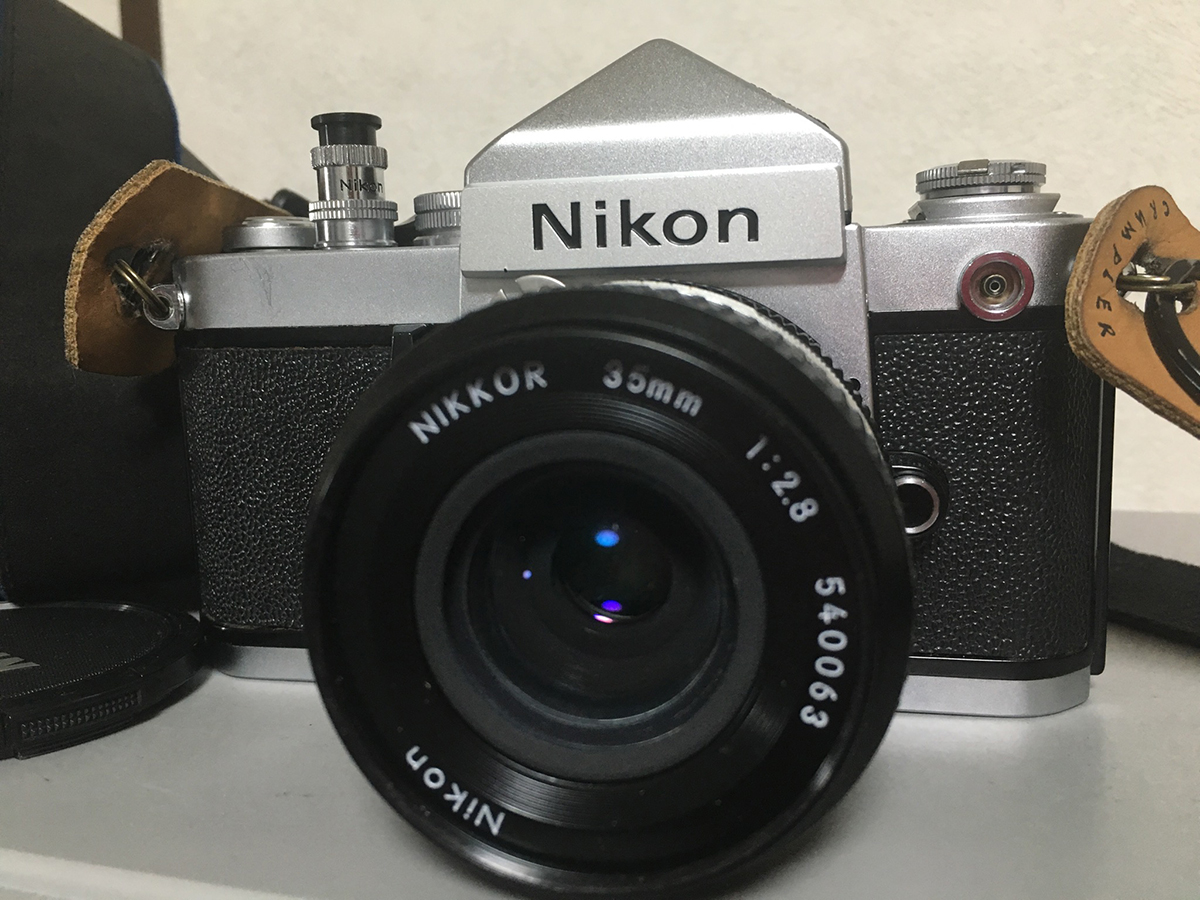Hello, everybody! I often see people talk about how blemishes on a lens won’t affect the resulting photos. This is often mentioned by sellers as a pitch in order to sell something for a better price or assure the buyer that the item works. It’s not totally true that these won’t affect your photos, it may seem like it but there are certain conditions that will trigger any artifacts resulting from a lens having a single or multiple elements having less-than-perfect condition. Let’s study a few photos that I have here so you’ll know these blemishes will affect your phots and from what means.
Dirty Bokeh:
Some damages that are too feint to see with the naked eye without using the help of a light source such as a torch can fool you into thinking that nothing is wrong with a lens but this simple bokeh test can help you determine if the lens is still fine or not. This test only works in the dark so I do this at night or inside a dark room.
First, focus your lens to it’s minimum focusing distance, stand 1.5m-2m away from some point lights or any bright light sources. This also works on light sources that are distant like street lamps 60m meters away from you. So long as you could produce clean and clear bokeh discs you are on the right track.
Second, set the iris wide-open then set your exposure settings so that you’ll get a nice picture with clear bokeh discs, ISO400 at 1/250s usually works for me. The key to this is to underexpose the bokeh discs a bit so that things will show up.
Examine your pictures and zoom into the discs to look for artifacts. The following images show a few examples of bad bokeh from some of the lenses that I’ve encountered.

Dirt or a bad scratch can cause these to appear. Depending on the cause, this can easily be corrected with cleaning in case of dirt or having a professional re-polish the problem element for you and recoat it after. This particular lens looks immaculately clean but as you can see from the picture above, it produces these lines. It may be caused by the cement deteriorating, this is known as balsam separation.
More

 This is just a standard finder for the Nikon F2 camera. It is really the cheapest option that you could buy back in the days because it is unmetered but since people wanted the ones with the built-in meters for obvious reasons so this one was made is smaller quantities. As time goes by, these finders age and degrade and the prism don’t hold up very well so good ones end up being expensive. The ones that have bad prisms still fetch a nice sum, I think that the cause of this artificial price is collectors. I do not remember these being sold at the current prices 4-5 years ago.
This is just a standard finder for the Nikon F2 camera. It is really the cheapest option that you could buy back in the days because it is unmetered but since people wanted the ones with the built-in meters for obvious reasons so this one was made is smaller quantities. As time goes by, these finders age and degrade and the prism don’t hold up very well so good ones end up being expensive. The ones that have bad prisms still fetch a nice sum, I think that the cause of this artificial price is collectors. I do not remember these being sold at the current prices 4-5 years ago.